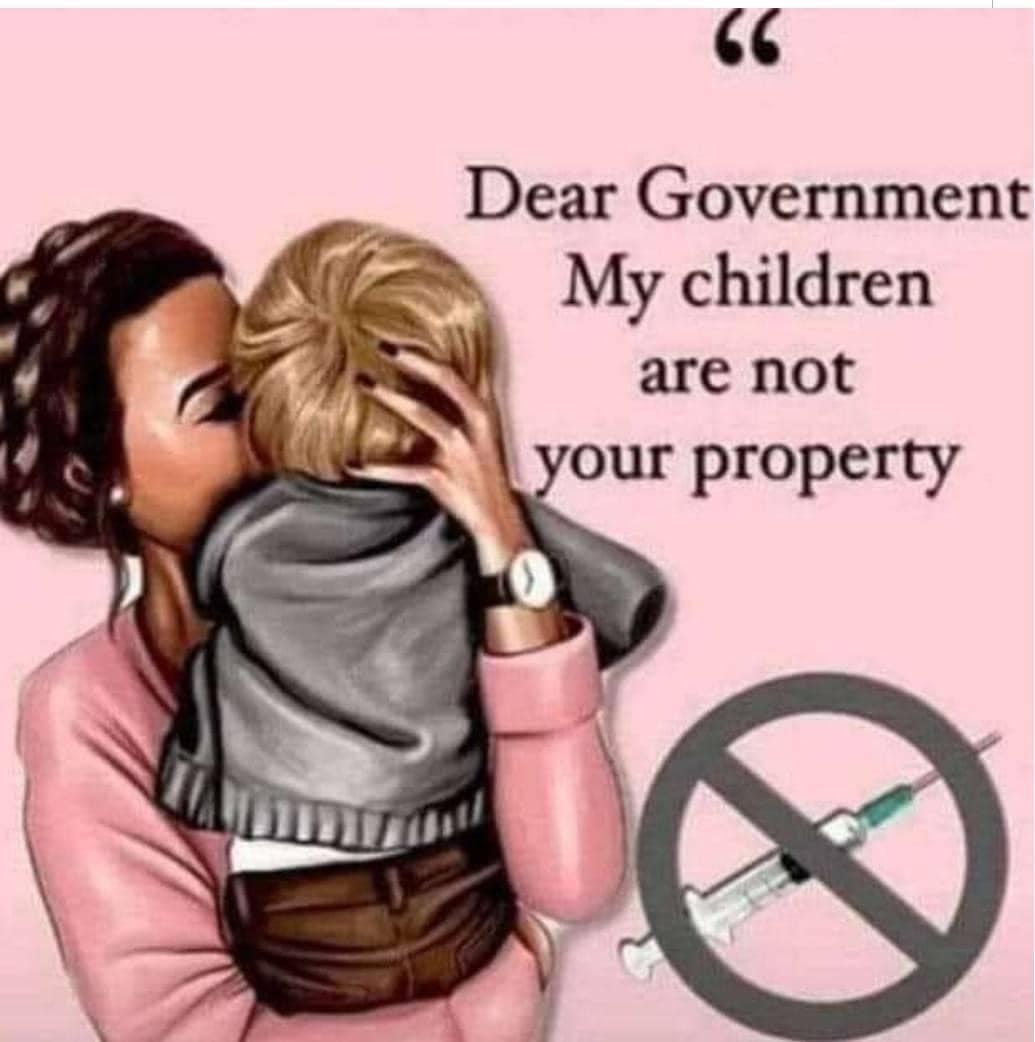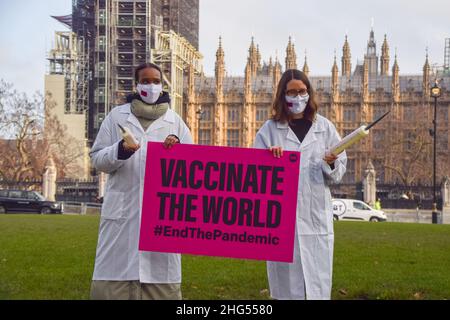EXCLUSIVE: MOH says Kiwis with COVID-19 can now be eligible for euthanasia. New Zealand euthanasia expansion.. By The Defender.
OIA REQUEST: An Official Information Act reply to The Defender, from the Ministry of Health, which says that patients with COVID-19 could be eligible for euthanasia, has left National MP Simon O’Connor disappointed but not surprised.
HEALTHCARE PROFESSIONALS RAISE CONCERNS: In November The Defender wrote to the New Zealand Ministry of Health (MOH) to ask some important questions about the practice of euthanasia and assisted suicide in New Zealand. In light of the serious deficiencies in the End of Life Choice Act (EOLCA), and concerns that have been raised by healthcare professionals, we felt it was crucial to put some urgent questions to the MOH.
COVID-19 AND ASSISTED DYING: In our Official Information Act (OIA) request we asked the following question: “Could a patient who is severely hospitalised with Covid-19 potentially be eligible for assisted suicide or euthanasia under the Act if a health practitioner viewed their prognosis as less than 6 months?”
TOOLS TO RESOLVE SERIOUS CRISIS: There were several reasons why The Defender wanted to seek clarity from the MOH about this issue. Firstly, New Zealand is currently described as being in a precarious position when it comes to COVID-19 and hospital resources. In light of this, it would not be hard to envisage a situation in which a speedy and sizeable rise in COVID-19 hospitalizations could result in pressure to utilize euthanasia and assisted suicide as tools to resolve such a serious crisis.
WARNING OF CAUTION: Overseas commentators have raised the prospect of these kind of unethical motivations since early in this pandemic. Last year’s tragic case of the elderly Canadian woman who had an assisted suicide to avoid another COVID-19 lockdown highlights exactly why caution is warranted in relation to COVID-19 and euthanasia. “The lack of stringent safeguards in the EOLCA raised red flags with us. Could a patient with COVID-19 find their way into the eligibility criteria? And, if so, what serious risks would this pose to the already often-vulnerable elderly members of our communities?” says The Defender editor Henoch Kloosterboer.
CRITERIA FOR ASSISTED DYING: The MOH responded to our OIA request on Tuesday (7th of December, 2021). Their reply to The Defender started on a more promising note: “There are clear eligibility criteria for assisted dying. These include that a person must have a terminal illness that is likely to end their life within six months.” But then their response becomes more disturbing (emphasis added):
THE ATTENDING PRACTITIONER: “A terminal illness is most often a prolonged disease where treatment is not effective. The EOLC Act states eligibility is determined by the attending medical practitioner (AMP), and the independent medical practitioner.”
SERIOUS CONCERNS: This raises serious concerns. Firstly, there is nothing concrete about the phrase “most often”, in fact, its inclusion in this specific context clearly seems to suggest that the MOH considers the definition of terminal illness to be subjective and open to interpretation.
DETERMINATION OF QUALIFIED TERMINAL ILLNESS: The very next sentence seems to back this up. It clarifies that the MOH considers the attending medical practitioner (AMP) and the independent medical practitioner to be empowered by the EOLCA to make the determination about what does and doesn’t qualify as a terminal illness. “In light of this vague interpretation, it is reasonable to suggest that COVID-19 could be classified as a ‘terminal illness’ depending on the prognosis of the patient and the subjective judgments of the AMP and independent medical practitioner. This feels like we’ve been sold one thing, and been delivered another.” says Kloosterboer.
ELIGIBILITY: the final paragraph the MOH put this issue beyond doubt when they state (emphasis added): “Eligibility is determined on a case-by-case basis; therefore, the Ministry cannot make definitive statements about who is eligible. In some circumstances a person with COVID-19 may be eligible for assisted dying.”
INFORMED DECISION: Detail from the Ministry of Health’s response to the OIA request, 7 December 2021. If you examine the eligibility criteria for assisted suicide and euthanasia, as stated on the MOH website, it becomes easier to see how, given the right circumstances, a COVID-19 diagnosis could qualify: aged 18 years or over a citizen or permanent resident of New Zealand suffering from a terminal illness that is likely to end their life within six months in an advanced state of irreversible decline in physical capability experiencing unbearable suffering that cannot be relieved in a manner that the person considers tolerable competent to make an informed decision about assisted dying
PROLONGED ILLNESS: It seems to us that the only possible protective factor here, and it’s an extremely flimsy one, is that all of this hinges on the tenuous grounds of how the phrase ‘terminal illness’ is interpreted. In particular, whether or not the AMP and independent medical practitioner are willing to hold firm to the MOH’s suggestion to us that a terminal illness is a “prolonged disease”. Even then, the term ‘prolonged disease’ is still extremely fraught due to its highly subjective nature. Who is to say that a medical practitioner who considers an illness which lasts longer than a fortnight to be a ‘prolonged disease’ isn’t actually correct in making such a determination?
RAISING OF SERIOUS QUESTIONS: The End of Life Choice Act offers no clarity or robust safeguards that would put this matter beyond doubt, in fact it does just the opposite, leaves the door wide open for abuse. MP Simon O’Connor expressed s as to the expansion of the new law less than a month after it came into force. “New Zealanders who voted in the referendum in 2020 did not anticipate this law could be used for COVID19 patients”.
THE WORDING OF THE LEGISLATION: The wording of the law The wording of the law was always deliberately broad and interpretable, placing far too much into the judgement of the doctor.” He also said that this development raises serious questions about the problems in the EOLCA.
VERY TIMELY: “The timely demonstration of how badly drafted the law is. When you consider the lack of key safeguards, and the risky shroud of secrecy that the EOLCA has thrown over the practice of euthanasia and assisted suicide, you can see that those of us warning about this Act shouldn’t have been dismissed so flippantly,” says Simon O’Connor. The implications of this are extremely serious. Not simply because of the potential threat COVID-19 poses to our ill-equipped NZ healthcare system, or the fact that vulnerable elderly people are the most affected by the ravages of this illness.
LACK OF TRANSPARENCY: There is also the fact that an unacceptable lack of transparency has been built into the EOLCA which will cloak all of this in a dangerous veil of secrecy that prevents robust public scrutiny. In a nutshell, the poorly considered structure of the EOLCA has now made the COVID-19 pandemic potentially even more dangerous for the people of Aotearoa New Zealand.
#DefendNZ, were calling on the Ministry Of Health to take urgent action to ensure that the End Of Life Choice Act cannot be used to provide assisted suicide or euthanasia to patients in New Zealand. Defend NZ had created a petition to send to Parliament calling for urgent amendments to the law including required detailed reporting and required independent witnesses, among other things, and were asking concerned citizens to sign and share it.
LINK https://www.defendnz.co.nz/news-media/2021/12/19/exclusive-euthanasia-expansion-moh-says-kiwis-with-covid-19-can-now-be-eligible
Researched by Carol Sakey
...





